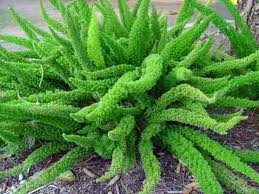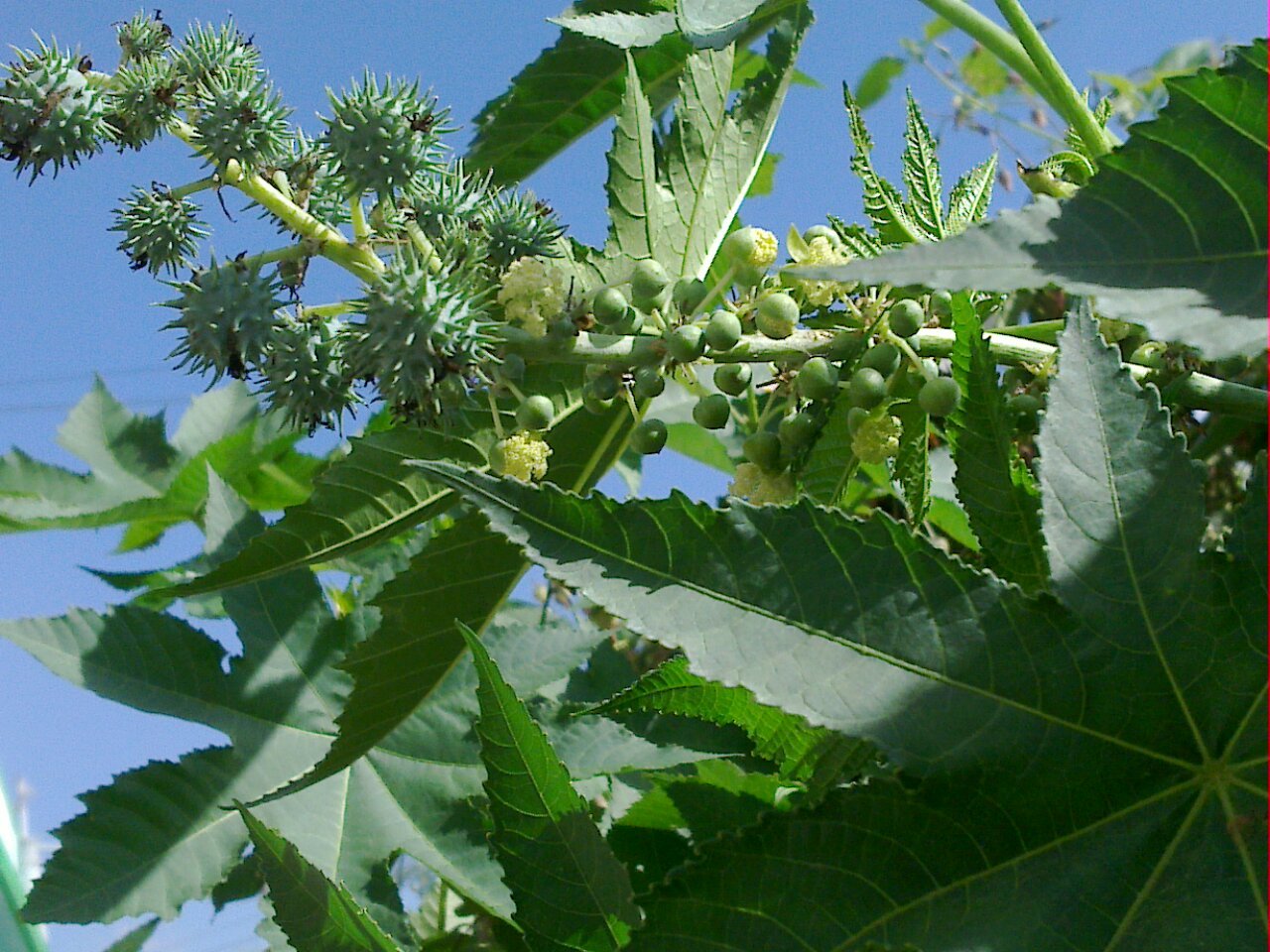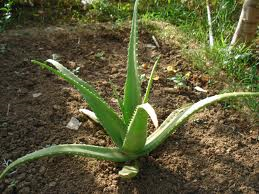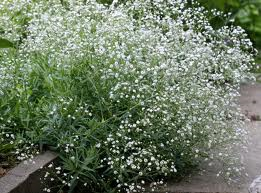Canine Toxins: 7 Plants In and Around Your Home That Are Poisonous to Dogs

Many breeds of dogs are infamous for their tendency to eat anything and everything in sight. Whether you might think of a plant as edible or not will have no bearing on your pup's attitude. While most plants are harmless, however, many are actually poisonous to dogs, and you should do everything you can to keep Fido away. Here is a look at seven very common offenders that you may have in or around your home.
1. Dieffenbachia - Also known as Dumb Cane, the dieffenbachia plant is toxic when ingested by both dogs and cats. A tropical plant naturally, the dieffenbachia contains a chemical that is meant to deter animals away from eating it. If your dog ingests the leaves, be on the lookout for oral irritation and swelling of the tongue and lips. Later symptoms may include vomiting, problems swallowing (due to swelling of the esophagus), and increased salivation..png)
2. Asparagus Fern - This common houseplant doesn't need to be ingested to be bad for your dog. Repeated rubbing up against it can lead to allergic dermatitis (skin irritation). The asparagus fern also produces berries that are toxic to dogs. Ingestion can lead to diarrhea, vomiting, and upset stomach.

3. Castor Bean - Though you may not be familiar with the castor bean plant, you could have it in your garden without knowing its name. A favorite among landscapers, this tropical plant is also very common in parks. When ingested, the leaves of the castor bean can burn your pup's mouth and throat. You may notice excessive thirst, weakness, vomiting and diarrhea in the hours that follow. The seeds of this plant are the most dangerous part, and consumption is often lethal.
 4. Daffodil - A cheery addition to your flower garden, daffodils contain poisonous chemicals that could cause diarrhea, vomiting, and increased salivation when consumed by your dog. The worst toxins can be found in the bulb of the daffodil plant, and ingestion can lead to much more serious symptoms, including low blood pressure, heart arrhythmias, and tremors.
4. Daffodil - A cheery addition to your flower garden, daffodils contain poisonous chemicals that could cause diarrhea, vomiting, and increased salivation when consumed by your dog. The worst toxins can be found in the bulb of the daffodil plant, and ingestion can lead to much more serious symptoms, including low blood pressure, heart arrhythmias, and tremors.

5. Aloe Vera - Soothing to human skin, aloe vera is often kept as a houseplant so that people can take advantage of its medicinal properties. Unfortunately, when consumed by dogs, the saponin and aloin toxins found within the plant cause it to be moderately poisonous. In addition to vomiting and diarrhea, ingestion can lead to depression, tremors, and a change in the color of your pet's urine.

6. Corn Plant - Easily recognizable by their ribbon-like leaves, many people have corn plants either inside or outside their homes. No one knows exactly why this plant is poisonous to dogs (and cats), but it is thought to contain a steroidal toxin related to saponin. If eaten by your dog, be on the lookout for vomiting (with or without blood), diarrhea, weakness, depression, and anorexia.

7. Baby's Breath - Though it's included in most flower bouquets, you shouldn't let your pup nibble on baby's breath. The gyposenin found in abundance within these flowers can lead to diarrhea and vomiting. This plant is less likely to cause serious side effects than some others, but its abundance around the house makes your dog much more likely to come across it.
1. Dieffenbachia - Also known as Dumb Cane, the dieffenbachia plant is toxic when ingested by both dogs and cats. A tropical plant naturally, the dieffenbachia contains a chemical that is meant to deter animals away from eating it. If your dog ingests the leaves, be on the lookout for oral irritation and swelling of the tongue and lips. Later symptoms may include vomiting, problems swallowing (due to swelling of the esophagus), and increased salivation.
.png)
2. Asparagus Fern - This common houseplant doesn't need to be ingested to be bad for your dog. Repeated rubbing up against it can lead to allergic dermatitis (skin irritation). The asparagus fern also produces berries that are toxic to dogs. Ingestion can lead to diarrhea, vomiting, and upset stomach.

3. Castor Bean - Though you may not be familiar with the castor bean plant, you could have it in your garden without knowing its name. A favorite among landscapers, this tropical plant is also very common in parks. When ingested, the leaves of the castor bean can burn your pup's mouth and throat. You may notice excessive thirst, weakness, vomiting and diarrhea in the hours that follow. The seeds of this plant are the most dangerous part, and consumption is often lethal.


5. Aloe Vera - Soothing to human skin, aloe vera is often kept as a houseplant so that people can take advantage of its medicinal properties. Unfortunately, when consumed by dogs, the saponin and aloin toxins found within the plant cause it to be moderately poisonous. In addition to vomiting and diarrhea, ingestion can lead to depression, tremors, and a change in the color of your pet's urine.

6. Corn Plant - Easily recognizable by their ribbon-like leaves, many people have corn plants either inside or outside their homes. No one knows exactly why this plant is poisonous to dogs (and cats), but it is thought to contain a steroidal toxin related to saponin. If eaten by your dog, be on the lookout for vomiting (with or without blood), diarrhea, weakness, depression, and anorexia.

7. Baby's Breath - Though it's included in most flower bouquets, you shouldn't let your pup nibble on baby's breath. The gyposenin found in abundance within these flowers can lead to diarrhea and vomiting. This plant is less likely to cause serious side effects than some others, but its abundance around the house makes your dog much more likely to come across it.






 All posts
All posts Tips and Tricks
Tips and Tricks Health and Welling
Health and Welling Product Reviews
Product Reviews Funny and Quirky
Funny and Quirky






Comment(s)8
The Sago palm! Killed my neighbors lab, and the other dog in ICU for 5 days!Extremely dangerous, every part of it is toxic, kids and animal deaths yearly!
Very popular to be given at Easter!
Mahaloz